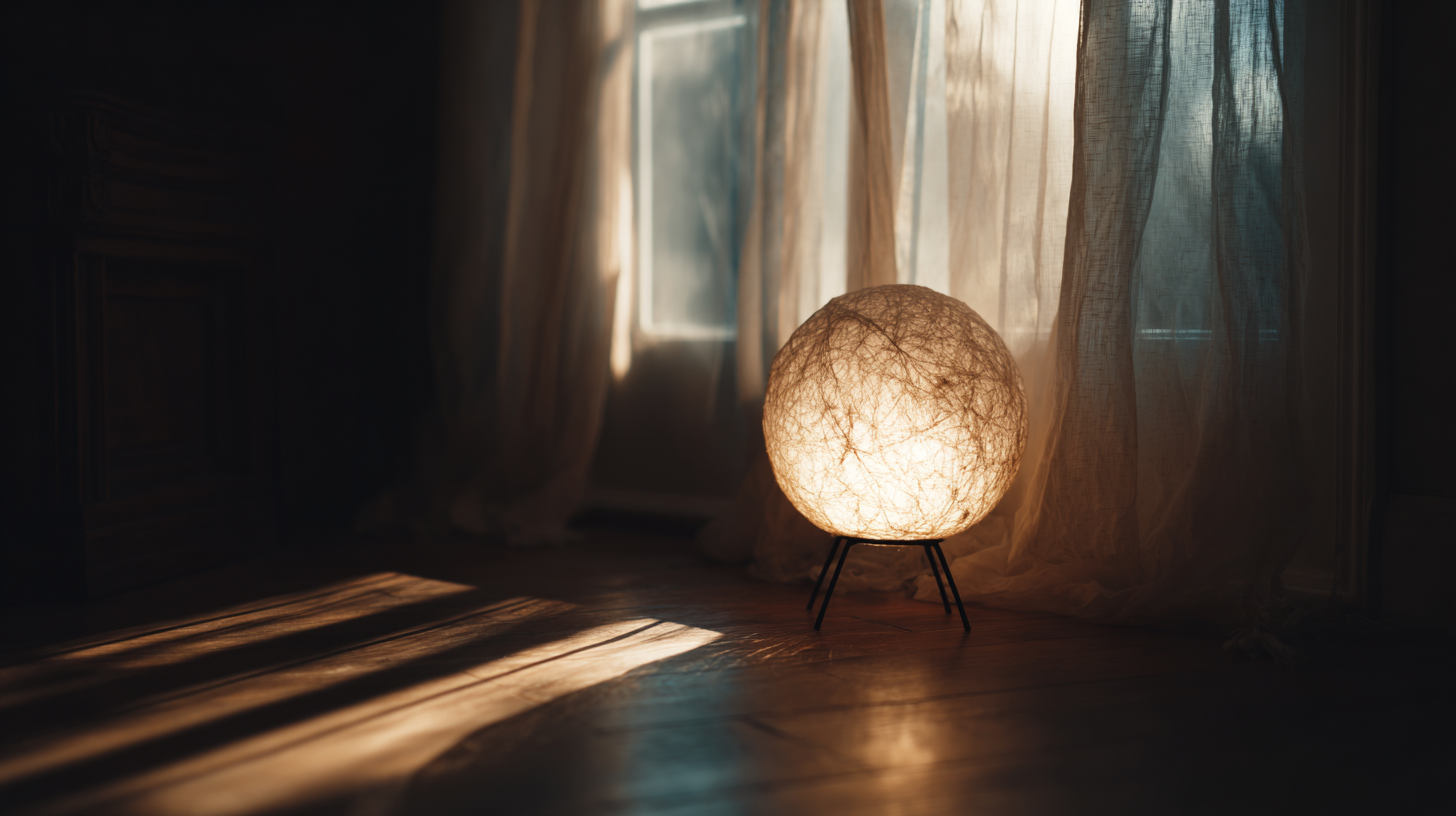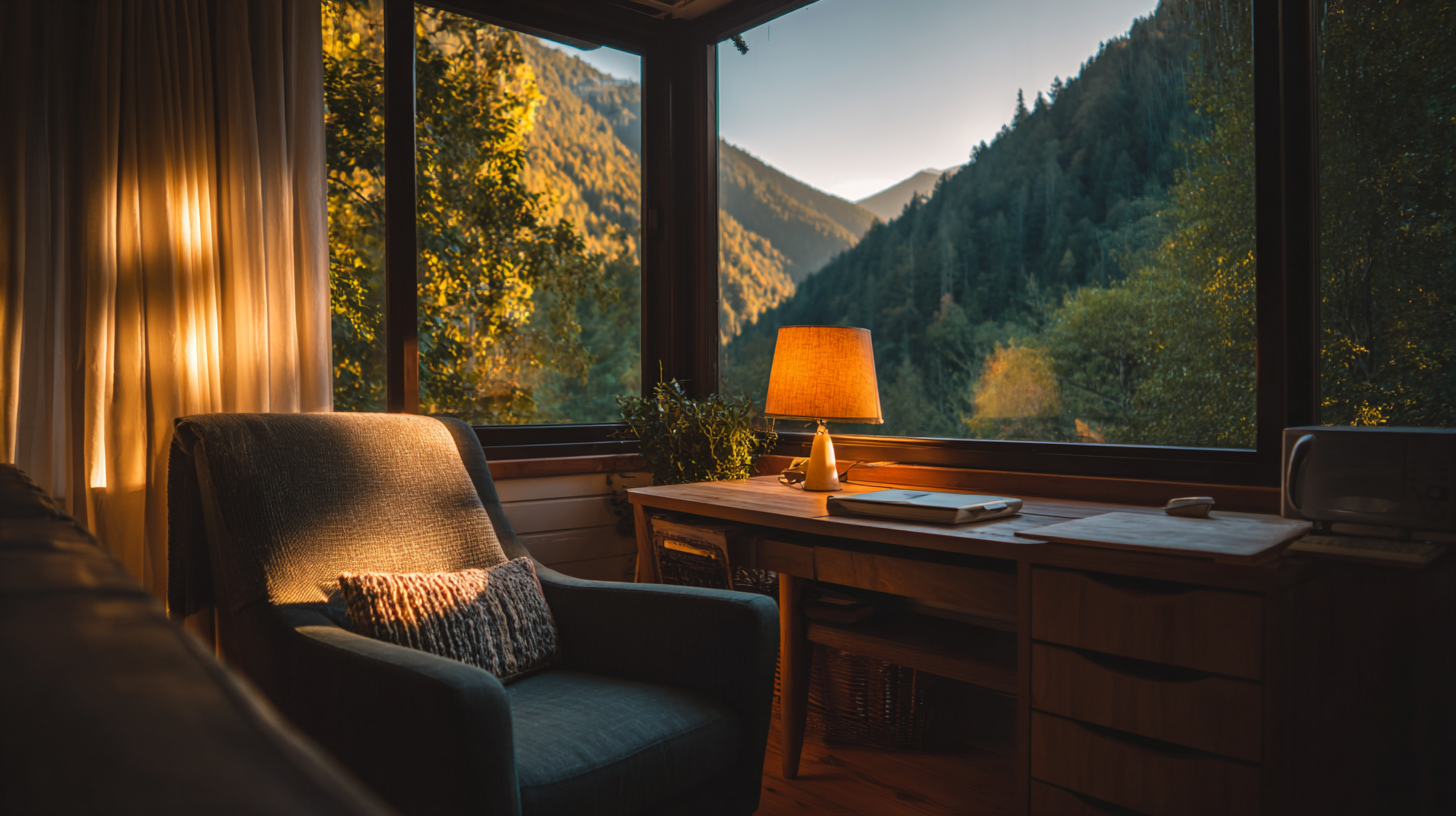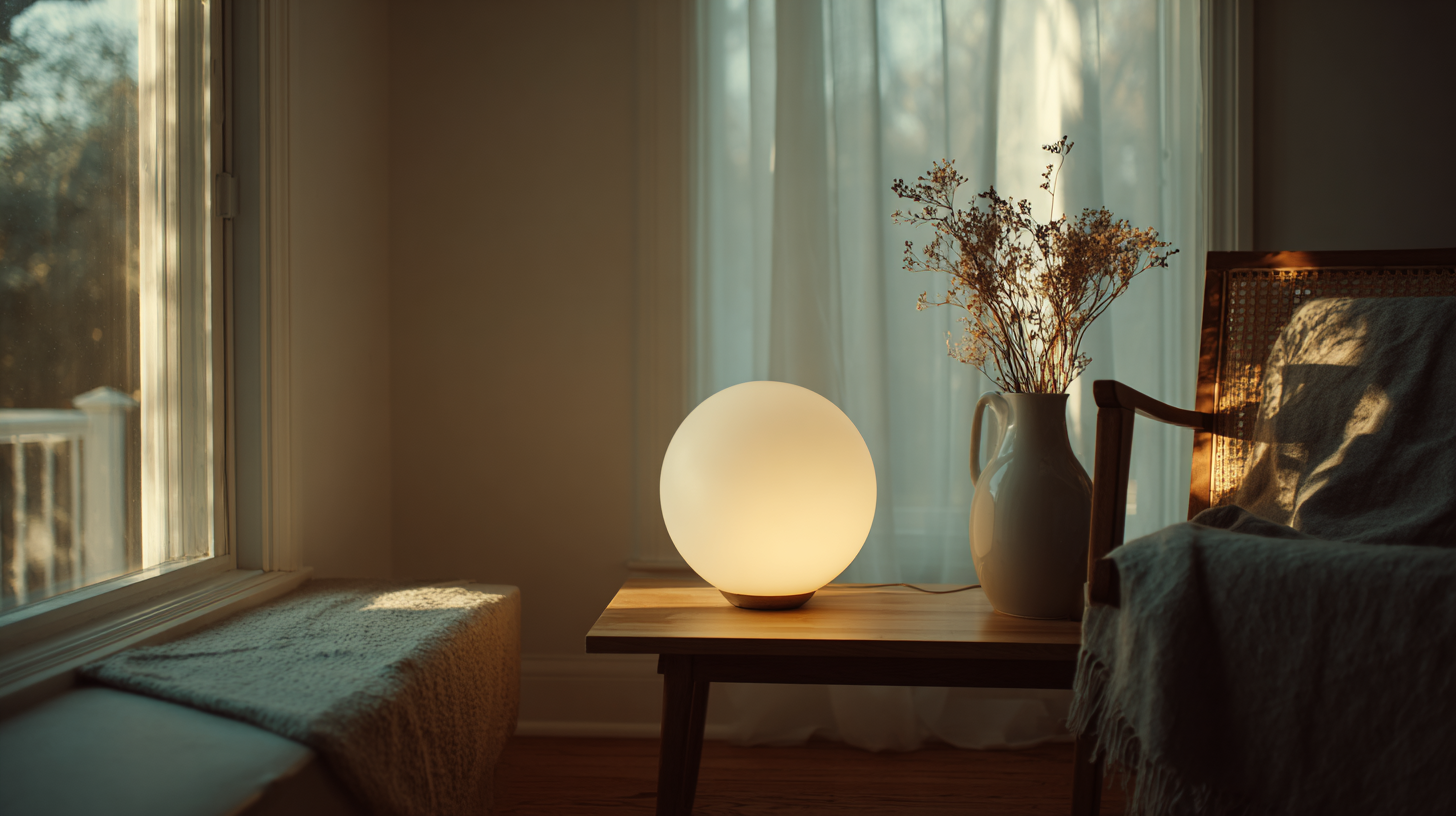Ultimate Checklist for Choosing the Best Natural Light Lamp for Your Needs
In recent years, the demand for natural light lamps has surged as more individuals seek solutions to enhance their well-being and productivity in indoor environments. According to the International Association of Lighting Designers, approximately 30% of people report a significant improvement in mood and focus when exposed to natural light simulated by artificial sources. Furthermore, a study published in the Journal of Environmental Psychology found that consistent exposure to such lighting can alleviate symptoms of Seasonal Affective Disorder (SAD) in up to 60% of affected individuals. Given these compelling statistics, selecting the right natural light lamp becomes crucial for those looking to optimize their health and workspace. This ultimate checklist will guide you through essential considerations to help you choose the perfect natural light lamp that meets your individual needs and enhances your living or working space.

Understanding the Benefits of Natural Light Lamps for Your Well-being
Natural light lamps offer a myriad of benefits for our physical and mental well-being. Exposure to natural light is essential in regulating our circadian rhythms, which affects sleep patterns, mood, and productivity. With many modern workplaces opting to eliminate harsh fluorescent lighting, the demand for natural light alternatives has surged. Companies are increasingly investing in advanced lighting technologies to create environments that boost employee morale and foster engagement. By incorporating natural light, workplaces not only enhance productivity but also support overall health, combating the adverse effects of prolonged artificial lighting.
In educational settings, the importance of natural light cannot be overstated. Research indicates that classrooms lacking adequate natural light can hinder both teachers' and students’ mental health and cognitive performance. Well-lit learning environments contribute to better focus and reduced stress levels. Therefore, optimizing natural light in classrooms is crucial in nurturing both the educational experience and the well-being of students and staff alike. As we continue to understand the profound impact of light on our wellness, investing in natural light sources becomes a priority in both personal and communal spaces.
Understanding the Benefits of Natural Light Lamps
Key Features to Consider When Selecting a Natural Light Lamp
When selecting a natural light lamp, it's essential to consider key features that contribute to both well-being and functionality. A primary factor is the lamp's ability to simulate full-spectrum light. Research indicates that full-spectrum LED lamps can enhance mood and energy levels by closely mimicking natural sunlight. For instance, studies show that exposure to natural light can increase serotonin production, potentially reducing symptoms of Seasonal Affective Disorder (SAD). Brands that incorporate full-spectrum technologies often highlight their high Color Rendering Index (CRI), which scores above 90, ensuring colors appear vibrant and true to life.

Another critical aspect to consider is the lamp's design and its impact on the living space. With innovations like glare-free illumination and adjustable brightness settings, modern natural light lamps not only improve health but also complement interior design aesthetics. Furthermore, ergonomic designs that cater to specific tasks—such as reading or studying—are becoming increasingly popular, as they enhance user experience while promoting visual comfort. As the trend towards "healthy light" designs continues to grow, consumers are expected to prioritize lamps that incorporate these advanced features to foster a healthier home environment.
Different Types of Natural Light Lamps: Which One is Right for You?
When it comes to selecting a natural light lamp, understanding the different types available is essential for making the right choice. There are primarily three categories: full-spectrum lamps, daylight lamps, and mood-enhancing lamps. Full-spectrum lamps are designed to mimic natural sunlight closely and are ideal for individuals dealing with Seasonal Affective Disorder (SAD), as they can enhance mood and energy levels. According to a 2022 report by the Bright Light Institute, full-spectrum lighting can increase serotonin levels by up to 30%, which significantly aids in combatting depressive symptoms during darker months.
Daylight lamps, often marketed as therapy lights, emit light in the 5000K to 6500K range, closely resembling natural daylight. These lamps are suited for tasks requiring attention to detail, such as reading or crafting, as they help reduce eye strain and improve focus. A survey conducted by the Lighting Research Center found that individuals using daylight lamps reported a 50% reduction in eye comfort issues while working in poorly lit environments. Lastly, mood-enhancing lamps usually integrate color therapy features, allowing users to customize their lighting experience. They can significantly influence emotional well-being, demonstrated by a 2023 study in the Journal of Environmental Psychology, which concluded that colored lighting positively affects mood and cognitive performance. Understanding these options ensures that you pick the most suitable lamp for your specific needs.

How to Properly Set Up and Position Your Natural Light Lamp
When setting up your natural light lamp, the position and environment play crucial roles in maximizing its benefits. Start by placing the lamp near your primary workspace or relaxation area, ideally at eye level. This positioning helps distribute the light evenly across your space, mimicking the effect of natural sunlight and reducing eye strain. Avoid placing the lamp in direct contact with walls or facing away from the area you most frequently use, as this can diminish its effectiveness.
Additionally, consider the time of day and the existing light sources in your room. Position the lamp to counteract any dark corners or shadows, especially during early mornings or late afternoons when natural light is limited. For optimal results, experiment with the distance from your workspace—about 12 to 24 inches is usually ideal. Remember to adjust the brightness according to your activity; for reading or detailed work, a stronger light may be necessary, while a softer glow is perfect for relaxation or unwinding at the end of the day.
Ultimate Checklist for Choosing the Best Natural Light Lamp for Your Needs
| Feature | Details |
|---|---|
| Light Color Temperature | 5000K - 6500K mimicking natural daylight |
| Brightness Levels | Adjustable brightness settings for different needs |
| Size and Portability | Compact designs for easy transport |
| Energy Efficiency | LED options for lower energy consumption |
| Features | Timer settings, remote control, and dimming functions |
| Setup and Positioning | Position at eye level, 12-36 inches from your face |
| Price Range | $30 - $200 depending on features |
Tips for Optimizing the Use of Your Natural Light Lamp for Maximum Benefits
When utilizing a natural light lamp, maximizing its benefits starts with strategic placement. Position the lamp where you spend most of your time, such as your home office or reading nook. The ideal distance is typically 16 to 24 inches from your eyes, ensuring that you receive ample illumination without causing discomfort. Angle the lamp in such a way that it mimics the natural light direction, as this can significantly enhance your mood and energy levels throughout the day.
Timing is another critical aspect of optimizing your natural light lamp use. For those working during the day, it’s beneficial to use the lamp early in the morning to simulate sunrise, promoting alertness and possibly improving productivity. In contrast, if you struggle with nighttime fatigue, consider using the lamp in the late afternoon or early evening, taking care not to use it too close to bedtime, as this might interfere with your sleep cycle. Regular breaks and varying the lamp’s intensity can also help in maintaining an inviting atmosphere while ensuring you reap its health benefits effectively.
